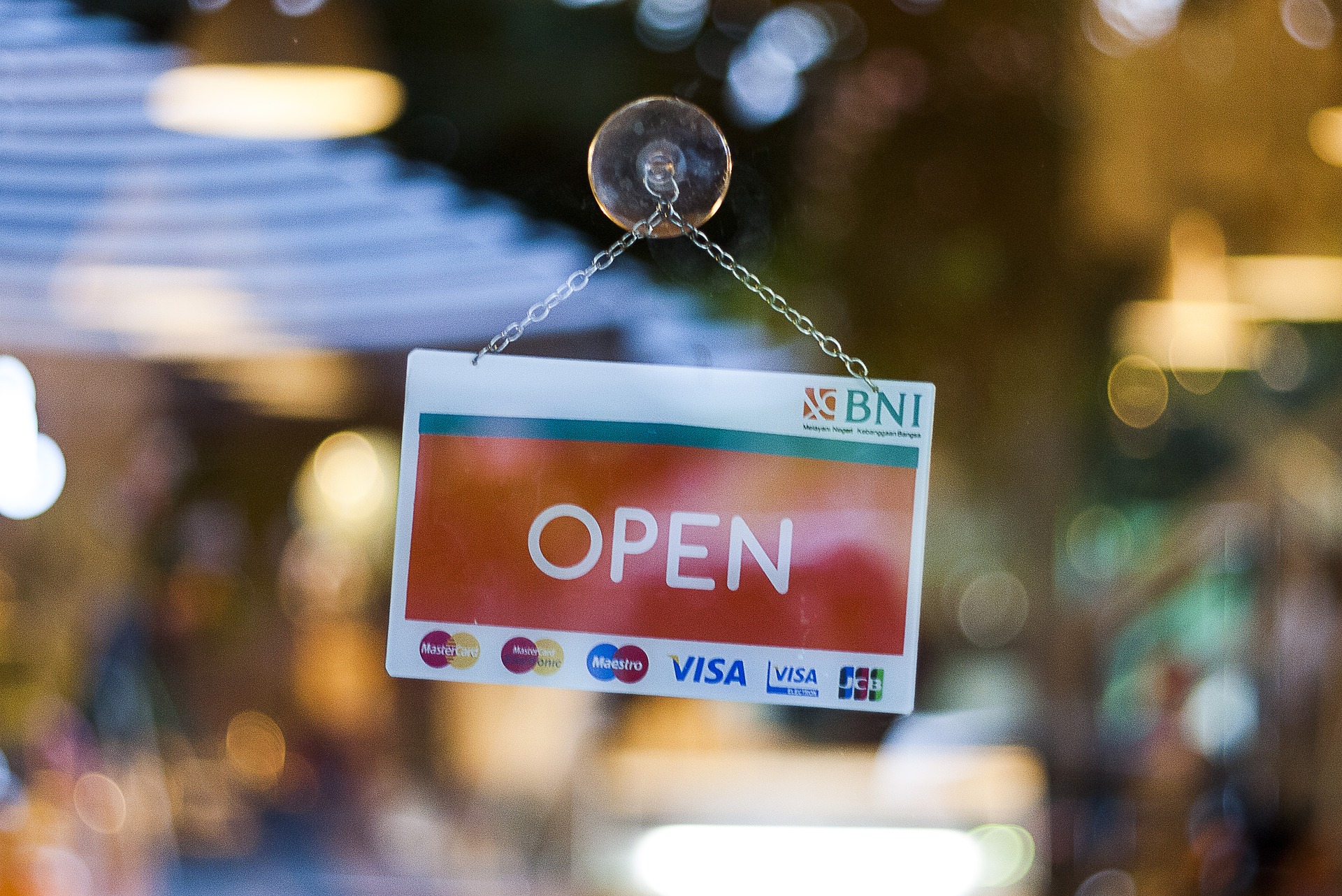The industry of retail is in the midst of ongoing change. What’s most interesting about these changes are that they’re a reflection of the changing needs and wants of the consumer. They know what they want, they know what they don’t like, and they’re more tech savvy. Online retailers like Amazon are key players who have been catering to the changing needs of the customer by providing them with products they want the most when they want it and at a price they’re willing to pay. Brick and mortar stores have been hit hard by this - why would their customer set foot in their store if they don’t have to leave their house? But not every customer shops the same. Although Amazon has been generating billions in revenue in the past few years, that shouldn’t discourage traditional brick and mortar stores.
Your Customers Still Want An Experience
Don’t let the previous year’s store closings fool you - your customers still want to shop at your brick and mortar store but they’re changing the way you interact with them. Customers want an experience and a reason to shop in your store.
“Consumers are calling the shots. If we don’t meet them where they’re at, how they’re shopping and how they prefer things...if [retailers] don’t recognize the age of consumerism and how it’s here to stay, they will fail. The better the experience, the more sticky the customer,” says Scott Davis, Chief Growth Officer for Prophet, a leading brand and marketing consultancy firm.
Amazon and other leading e-commerce players are big business and continue to grow. Brick and mortar stores are trying to emulate e-commerce user experience to help regain customers spoiled by e-commerce. Physical locations are trying to offer more services (shelf-check out is an idea and a reality running rampant right now), but is that really affecting your customer’s willingness to keep shopping with you and impacting your bottom line?
“The trouble retailers are having is that there are too many of them doing the same thing. The same thing they’re doing isn’t different from what Amazon and other retailers are doing. If the only reason someone comes to your [store] is because your price is lower, you [really] can’t compete with the internet,” says Dave Patrick, Chief Marketing Officer at High Performance Retail Marketing Group.
90% of transactions are still taking place in brick and mortar stores according to TimeTrade's 2015 State of Retail survey with customers shopping in store at least twice a week. Your customer is still making the effort to go to your store and it’s important to reward their effort with an experience they will bring them back.
Give Your Customers a Reason to Stay Brand Loyal
A popular philosophy is “80% of your profits are generated by 20% of your customers.” Keeping that in mind, it’s important for retailers not to rock the boat so much so that they’re losing sight of why their heavy users are customers in the first place.
“For example, if Burger King knows that their core customers are teenagers and they want nothing more than a 6,000 calorie meal, Burger King can’t advertise low-calorie fries,” says Patrick. “The heavy users drive a deep profit and quite often, retailers are catering to the infrequent customers. By focusing on the profitable customer, [the retailer is going to be more successful] going forward.”
Customers have a myriad of options when it comes to where they want to shop. Your customers are also savvy, technologically in-tune and are busy multi-taskers who want a friction-less shopping experience . It’s not enough to provide just a product - brands have to deliver in all areas of the customer’s journey. Retailers need to deliver high personalization and make their customers feel appreciated. Customers need to interact with knowledgeable and friendly sales associates. Brand loyalty is a powerful and important thing for retailers and those who understand that are one step closer to succeeding.
Let’s Talk Technology
Technology is a very important component of how retailers will continue to succeed and innovate in 2017. Retailers who don’t adapt new technologies or at least update their current systems are doomed to lose business to their competitors who are ahead of the game.
“If you don’t [adapt new technologies], you will be left behind and irrelevant. Artificial intelligence is getting smarter to meet your needs on a real-time basis,” says Davis.
It’s also important to understand your customer: “If you’re a hardware store and the only ones who come in are homeowners and they’re generally over 45, their omni-channel viewing habits are different than a teenager,” says Patrick.
Omni-channel and the ability to provide your customers with a seamless experience is important no matter the industry. Retailers need to take a closer look at how their customers are currently interacting with their brand and make a conscious effort to listen and implement technologies to get people in stores and keep them coming back.
Looking Forward
The rise of online shopping can’t discourage brick and mortar stores. There have been too many stores which invest back only into their ecommerce platforms. While that’s a great strategy which will benefit some customers, it won’t benefit them all. Retailers need to develop smart investments to improve their stores. Take out inefficiency for your store associates and invest into increasing their customer-facing time, remove friction in the customer’s journey and invest back into their customer’s shopping experience. Retailers need to be engaging: “I’m coming to your store to be engaged. If there’s no engagement, online is going to be less expensive and more efficient,” concludes Patrick.
Brick and mortar isn’t a dying concept just yet. “That experience is here,” concludes Davis, “Retailers have to see if they’re leading their position in it.”
--
Special thanks to:
Scott Davis, www.prophet.com
Dave Patrick, www.highperformanceretailmarketing.com
